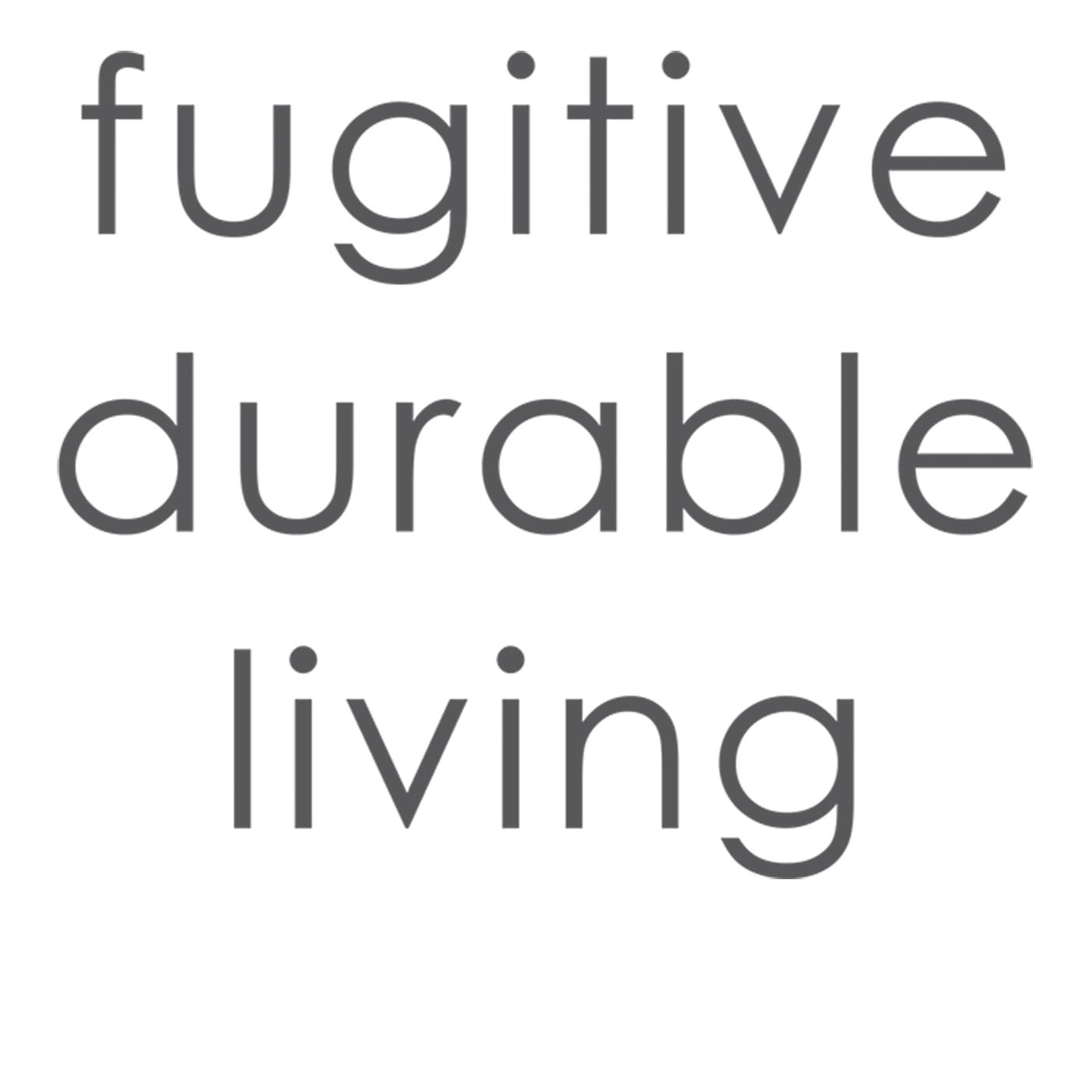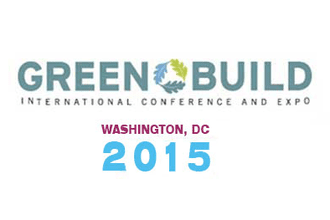Speaking at Marrakech, McDonough says ‘Carbon not the enemy’:
New language published in Nature recognizes carbon as asset
CHARLOTTESVILLE, VA, November 14, 2016 – William McDonough, founder of William McDonough + Partners and McDonough Innovation and co-author of the seminal text of the sustainability movement Cradle to Cradle: Remaking the Way We Make Things, has proposed a new language of carbon that was published today in the scientific journal Nature. The new language recognizes the element carbon not as the enemy, and defines a paradigm for carbon to be used safely, productively and profitably. McDonough will be presenting the new language tomorrow in Marrakech at Emerson Collective’s Elemental Dofest | Fête D’Action, a COP22 affiliated event.
“Climate change is the result of breakdowns in the carbon cycle caused by us: it is a design failure,” said McDonough. “Anthropogenic greenhouse gases in the atmosphere make airborne carbon a material in the wrong place, at the wrong dose and wrong duration. It is we who have made carbon a toxin—like lead in our drinking water. In the right place, carbon is a resource and tool.”
The world’s current carbon strategy aims to promote a goal of zero. Predominant language currently includes words such as “low carbon,” “zero carbon,” “negative carbon,” and even a “war on carbon.” To show progress, according to McDonough, the design world needs values-based language that reflects a safe, healthy and just world. In this new paradigm, by building urban food systems and cultivating closed-loop flows of carbon nutrients, carbon can be recognized as an asset rather than a toxin, and the life-giving carbon cycle can become a model for human designs.
“As when he shifted the world’s thinking to how a circular economy is intelligent, economic and just; as when he and his colleagues redefined material science, design and commerce with Cradle to Cradle, William McDonough is once again lighting our path with the most innovative design thinking on the environment at a critical moment in time,” said Andy Karsner, Managing Director, Emerson Collective. “How fortunate for us all that William is bursting forth with a new lodestar and direction to guide us to design the world our children deserve.”
Aspirational and clear, the new language signals positive intentions, leading us to do more good rather than simply less bad. It identifies three categories of carbon:
- Living carbon: organic, flowing in biological cycles, providing fresh food, healthy forests and fertile soil; something we want to cultivate and grow
- Durable carbon: locked in stable solids such as coal and limestone or recyclable polymers that are used and reused; ranges from reusable fibers like paper and cloth, to building and infrastructure elements that can last for generations and then be reused
- Fugitive carbon: has ended up somewhere unwanted and can be toxic; includes carbon dioxide released into the atmosphere by burning fossil fuels, ‘waste to energy’ plants, methane leaks, deforestation, much industrial agriculture and urban development
Working carbon is a subset of all three categories and defined as a material being put to human use. For example, working living carbon is cultivated in agricultural systems. Working durable carbon is recycled, reused and reprocessed in circular technical systems; and working fugitive carbon includes fossil fuels used for power.
The new language also identifies three strategies for carbon management and climate change:
- Carbon positive: actions converting atmospheric carbon to forms that enhance soil nutrition or to durable forms such as polymers and solid aggregates; also recycling of carbon into nutrients from organic materials, food waste, compostable polymers and sewers
- Carbon neutral: actions that transform or maintain carbon in durable Earth-bound forms and cycles across generations; or renewable energy such as solar, wind and hydropower that do not release carbon
- Carbon negative: actions that pollute the land, water and atmosphere with various forms of carbon, for example, CO2 and methane into the atmosphere or plastics in the ocean
Offering an inspiring model for climate action begins with changing the way we talk about carbon. McDonough’s goal is for all to embrace this new language and work toward a Carbon Positive design framework; and in doing so we may together support a delightfully diverse, safe, healthy and just world—with clean air, soil, water and energy—that is economical, equitable, ecological, and elegantly enjoyed.
An architect who has been leading the sustainable development movement for over 30 years, William McDonough recently launched his concept for the Carbon Positive City, which brings his new language for carbon into a tangible design framework. The Carbon Positive City integrates agriculture, regenerative land management practices and urban design at a regional and international scale. It recognizes both local and distant effects of cities and envisions a holistic, synergistic system to transform fugitive carbon into durable carbon, such as plastics and building materials, as well as into living carbon, such as healthy soils, gardens, crops and landscapes. City infrastructure adapts to the new idea: for example, sewage treatment plants are reconceived as fertilizer factories and intensive integrated agriculture systems—what McDonough calls “solar orchards”—provide clean energy, clean food, clean water and jobs simultaneously.
To learn more about the new language and Carbon Positive Design Framework please visit www.McDonough.com.
####
About William McDonough/McDonough Innovation
Winner of the National Design Award, William McDonough, FAIA, Int. FRIBA, is an internationally recognized architect, designer, sustainable growth pioneer, and business strategist. He works at scales from the global to the molecular. Time magazine recognized him in 1999 as “Hero for the Planet,” noting that “his utopianism is grounded in a unified philosophy that—in demonstrable and practical ways—is changing the design of the world.” For more than four decades, McDonough has defined the principles of the sustainability movement (through McDonough Innovation, William McDonough + Partners, and MBDC). He has created the movement’s seminal buildings, products, and writings. He was the inaugural chair of the World Economic Forum’s Meta-Council on the Circular Economy. McDonough is co-creator of the Cradle to Cradle® design framework.
William McDonough Architects published the The Hannover Principles: Design for Sustainability (1992) and McDonough co-authored, with Michael Braungart, the influential Cradle to Cradle: Remaking the Way We Make Things (2002) and The Upcycle: Beyond Sustainability—Designing for Abundance (2013). McDonough received both the inaugural Presidential Award for Sustainable Development (under President Bill Clinton) and the inaugural U.S. EPA Presidential Green Chemistry Challenge Award (under President George W. Bush). In 2009, William McDonough led the founding of the nonprofit Cradle to Cradle Products Innovation Institute to donate the Cradle to Cradle Certified™ Products Program to the public realm. In 2012, the Stanford University Libraries invited McDonough to be the subject of their inaugural “living archive”; since then, Stanford has been collecting and archiving his work and communications in real time for future historians.




